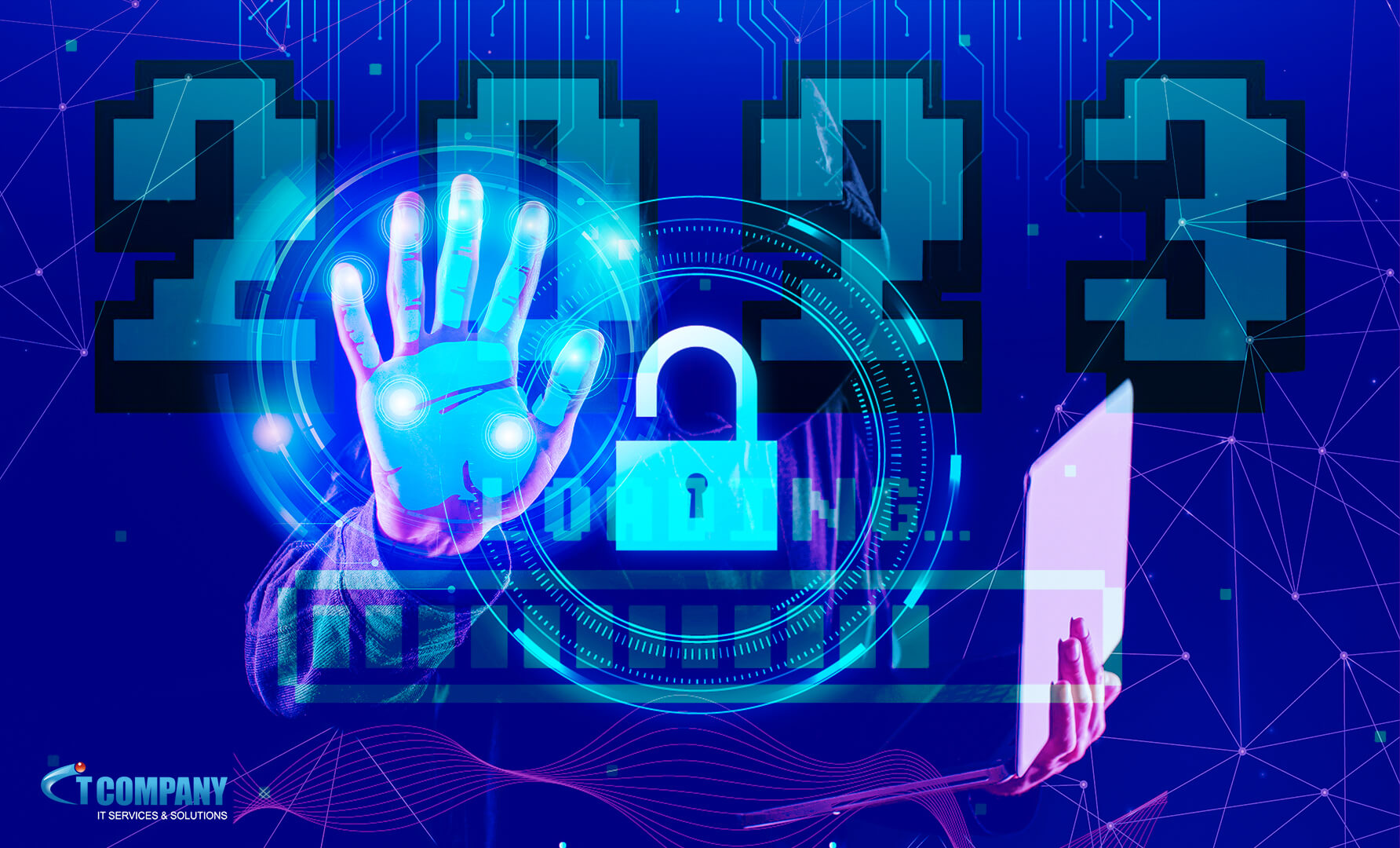This year, cybercriminals will be busier than ever. Secure your systems and data by concentrating on these areas to safeguard your environment and assure success in 2023. Ensure the cybersecurity of your company is only in the news when you WANT it to be.
1 — Weaknesses in web apps
Web applications are fundamental to what SaaS organizations do and how they run. They hold some of your most sensitive information, such as valuable client data.
SaaS services are frequently multi-tenanted, so your apps could stay safe against attacks. In addition, they allow clients to access the data of another client including logic faults, injection problems, or access control issues. These are easy for hackers to exploit and simple errors to make while creating code.
Security testing with an automated vulnerability assessment scanner in conjunction with frequent pen testing. It can assist in the design and development of safe web based applications. You can integrate them with your existing environment and detect flaws as they emerge during the development cycle.
2 — Errors in configuration
Cloud settings may be challenging. Your web application developers ensure that every configuration, user role, and authorization complies with industry and business standards. As a result, misconfigurations can be exceedingly difficult to discover and manually correct. According to Gartner, misconfigurations account for 80% of all data security breaches. Similarly, human mistakes are responsible for up to 99% of cloud environment failures.
Your organization’s cybersecurity requires external network monitoring to prevent risk. Pen test of your cloud architecture will expose vulnerabilities such as misconfigured S3 buckets, permissive firewalls within VPCs, and too permissive cloud accounts.
You could audit it with a scanning tool that can assist in limiting and monitoring your attack surface. You can do it by ensuring that only the services that need to be exposed to the internet are accessible.
3 — Flawed software and patches
This may seem apparent, but it is a significant issue that affects everyone and every organization. SaaS businesses are no exception. If you self-host an application, you must apply operating system and library security fixes when they become available. Unfortunately, this is an ongoing process since security flaws in operating systems and libraries are frequently discovered and corrected.
Using DevOps processes and ephemeral infrastructure will help ensure that your service is always deployed to a fully patched system with each release. You must also check for any new vulnerabilities identified in between releases.
Alternatives to self-hosting include free and paid Serverless and Platform as a Service (PaaS) options. They run your application in a container and handle operating system patching for you. However, you must, verify that the libraries used by your service are up to date with security fixes.
4 — Weak internal security rules and procedures
Because many SaaS firms are small and growing, their security posture might be weak. Yet hackers don’t discriminate, leaving SaaS organizations particularly vulnerable to attack. A few easy tips are utilizing a password manager, activating 2FA, and receiving security training, which could improve your security significantly.
A password manager, which is both inexpensive and simple to set up, will assist you in maintaining safety. It provides unique passwords across all of the online services that you and your employees use. Make sure everyone on your team uses one, preferably one that isn’t frequently breached.
Wherever possible, enable 2FA/MFA. 2FA necessitates the use of a second authentication token in addition to the right password. This might be a hardware security key, a time-based OTP or a One Time Password transmitted to a mobile device. Not all services offer 2FA, but it should be enabled when it is available.
Finally, ensure that your workforce understands how to practice good cyber practices, including how to identify and avoid clicking phishing URLs.
Conclusion
Cybersecurity is a trade-off between risk and resources. It is a tight line to tread, especially for start-ups with a thousand conflicting goals. However, when your company develops, your staff increases, and your income grows, you must increase your investment in cybersecurity.
There are several cybersecurity experts available to assist you in remaining safe and identifying holes in your systems. One of them is IT Company. We have assisted thousands of small businesses in remaining secure.
To limit your attack surface and protect your systems from these risks, use penetration testing and vulnerability assessment tools. The continuous scanning will assist you in staying up to date on the newest vulnerabilities. It will notify you of any developing threats that could damage any exposed systems.
For IT Company vulnerability assessment services contact us.








